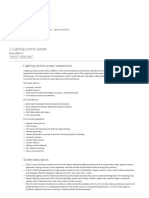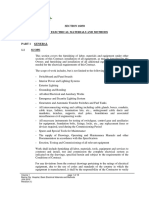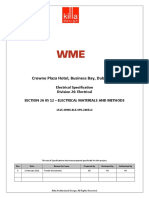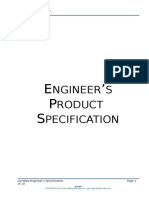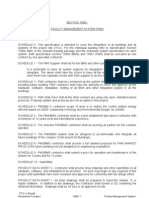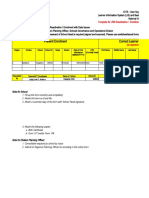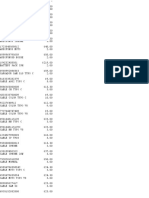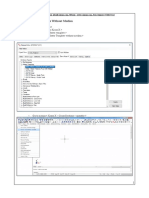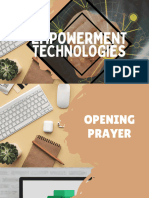0% found this document useful (0 votes)
7 views9 pages26 0926 Lighting Control Systems
The document outlines the specifications for an Intelligent Lighting Control System at King’s College Hospital in Jeddah, detailing components such as control panels, load controllers, and user interfaces. It includes requirements for quality assurance, training, spare parts, and warranty, as well as coordination and handling of the system. The document emphasizes compliance with applicable standards and the need for a computer addressable system that supports flexible lighting management and integration with building management systems.
Uploaded by
ayandec18Copyright
© © All Rights Reserved
We take content rights seriously. If you suspect this is your content, claim it here.
Available Formats
Download as PDF, TXT or read online on Scribd
0% found this document useful (0 votes)
7 views9 pages26 0926 Lighting Control Systems
The document outlines the specifications for an Intelligent Lighting Control System at King’s College Hospital in Jeddah, detailing components such as control panels, load controllers, and user interfaces. It includes requirements for quality assurance, training, spare parts, and warranty, as well as coordination and handling of the system. The document emphasizes compliance with applicable standards and the need for a computer addressable system that supports flexible lighting management and integration with building management systems.
Uploaded by
ayandec18Copyright
© © All Rights Reserved
We take content rights seriously. If you suspect this is your content, claim it here.
Available Formats
Download as PDF, TXT or read online on Scribd
/ 9








